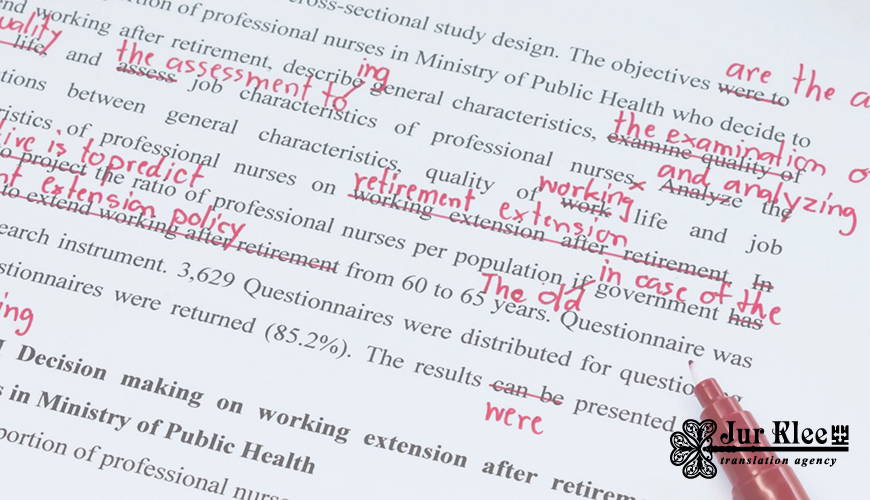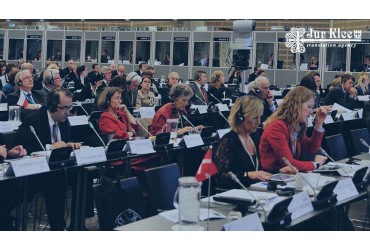
Quality control in the process of translating different documents
The process of documents’ translating may appear to be one of the most difficult tasks. Especially when it comes to the translation of a technical text, guidance, financial or legal translation. Documents which are similar to these usually abound with figures, calculations, item numbers etc. Consequently, the written translation should not just transmit the correct content of a document, but, in addition, to save the mentioned figures and item numbers having connected them with the specific parts of the text. As a result, the translated text has to be understood as well as in the original document.
The quality control is required to get a good translation of documents. However, it doesn’t respond to the insufficient qualification’s level of a translator and doubts about his/her competence. The editors and proof-readers are involved in the control of translation’s quality, too. Each of the participants performs his/her duty, which helps to achieve a clear, comprehensible and precise translation.
The peculiarities of quality control’s process
As it was mentioned previously, the translation of legal, financial, or technical documents demands the participation of several specialists. The following process should be represented in more detail:
- Translator performs the main part of the process. He/she does the translation of a document itself by transmitting of all the information. Furthermore, the end product has to save the original structure, to be logically correct, suitable for reading and understanding. It is allowed to change some phrases and certain words to another, in order to make the perception of the text easier;
- The duty of editor is also extremely important because he/she estimates the general content of a translation product and goes deeply into the document. It is necessary for the text to be simple for reading, to avoid containing hardly understandable phrases or phrases which suppose a double meaning. That’s why editor may change several parts of the text having saved its meaning and core. The editor’s task is to adopt the text for a clear and simple understanding;
- After the text is ready it is examined by proof-reader. This expert is in charge of finding the mistakes in the text. He/she masters the suitable foreign language as well. A proof-reader should find out and correct grammatical mistakes, incorrect spelling, punctuation etc., consequently, the text becomes correct according to the rules of the specific language.
Therefore, the translation is fulfilled by several specialists and it is demanded to represent all of the mentioned control tools. This is the only way to achieve a precise and comprehensible control and to omit both the differences between the original work and translation, and issues concerning the content of a text. It’s very important while translating the financial reports, court adjudgements and other legal or financial documents.
What is the difference between the proof-reading and editing?
The editing and proof-reading of a translation are similar enough. However, these duties are performed by different specialists. So, it’s significant to realize the difference among the tasks which are set to each of them.
Editor has to deal with the meaning of the text, to catch its content and all speech patterns. He/she adds to the text simplicity and apprehensibility. According to this, editor is able to change the words into synonyms, to modify separate phrases and text extracts, although he/she must save its meaning, all the calculations and number items exactly as they are. Thanks to the job of editor, it is possible to improve the semantic quality of the text.
Proof-reader fulfills the technical work without investigating the meaning of the text. His/her task is also to search for the mistakes according to the rules of the language. This requires the deep grammatical knowledge of a foreign language, acknowledged punctuation etc.
How to make a precise and correct translation?
The described process is a key to a high-quality document translation, so it’s not recommended to commit this process to different companies. In such a case the whole chain of responsibility can be lost. Each specialist will perform his/her tasks without realizing the peculiarity of the following step. Moreover, lack of interest will occur in the ultimate outcome, because translator will understand that some proof-reader should correct his/her mistakes, and proof-reader may shift his/her responsibility to editor, who can correct the semantic field of the text.
Therefore, it’s encouraged to deal with specialist companies which workforce includes all of these experts.



